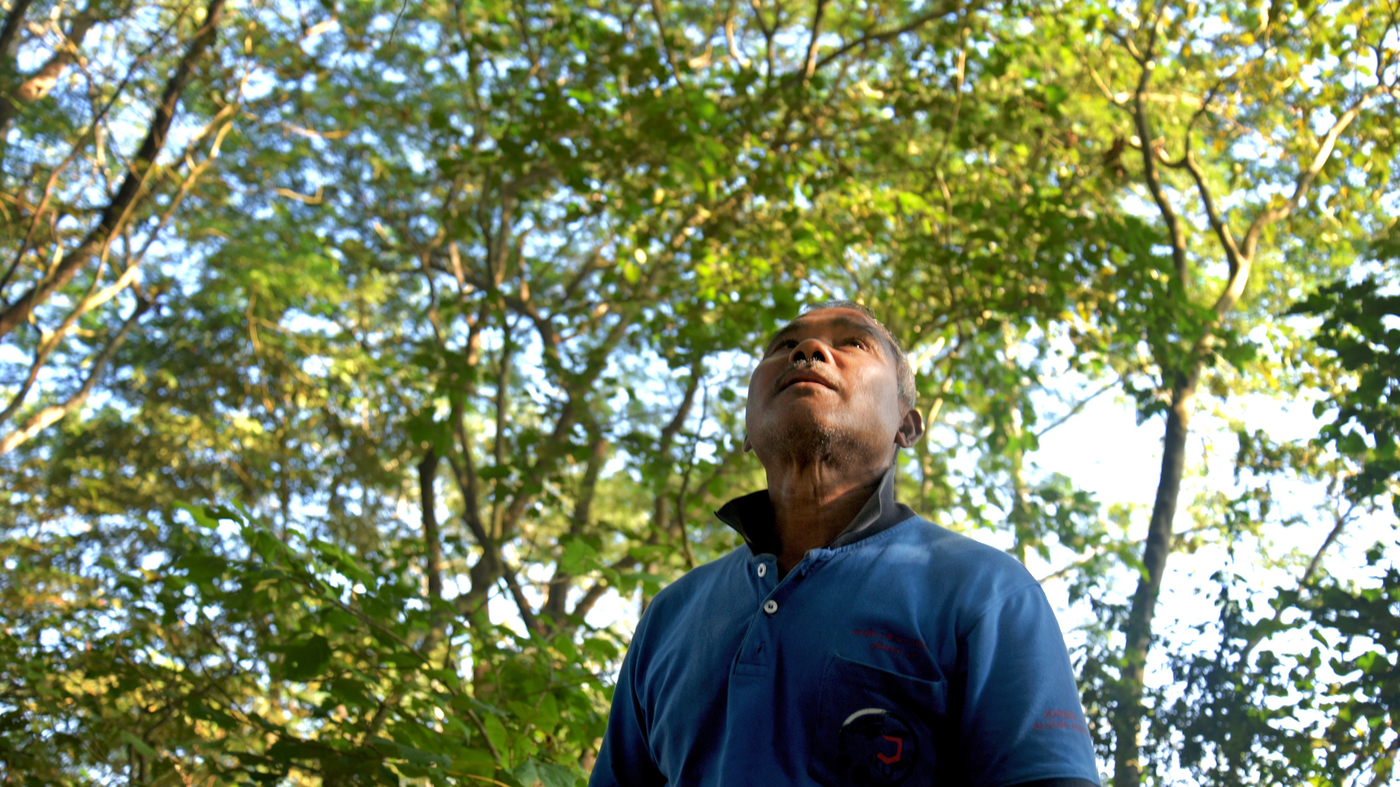For many of us, the visible signs of climate change have become a daily reality. The environment is changing before our very eyes; the melting of polar ice caps, rising sea levels and extreme weather phenomena are just a few of the consequences of global warming. And, as things stand, our planet is only set to get even hotter – The UN Environment report recently presented a rather negative scenario with its prediction that global temperatures will undergo a rise of 3.2C by 2100.
Rising sea levels would redraw the world map, and major cities such as Osaka in Japan, Shanghai in China, Miami in the US or Rio de Janeiro in Brazil could be totally or partially submerged. Beyond the forced displacement of millions of people, the extinction of numerous species and a scarcity of food supplies would be a whole host of aggravated problems. In these unsettling times, there seems to be little hope for recovery, but how can you, me and everyone else change this seemingly inevitable future?

The challenge of reducing greenhouse gas emissions is not a new issue. Nor is it a task reserved only for governments and companies to tackle; each one of us has a part to play. ‘Change’ is the key word, and we can start by changing some daily habits: eating less meat, avoiding the use of plastics (cups, bottles, bags), reducing food waste, walking or cycling instead of driving, lowering our energy use, buying used clothes and recycling rubbish.
But, as humans, we are capable of much more than these small lifestyle changes, and we have the potential to help the environment even more. Of course, that doesn’t mean having to live in an Eco village or becoming a ‘hippie’ or ‘caiçara’ (inhabitants of coastal areas). Small actions can turn into great acts, and this was precisely the case for Jadav “Molai” Payeng and Hélio da Silva.
In 1979, Padma Shri Jadav “Molai” Payeng, at only 16 years old, decided to save the island of Majuli, in India, where he lived and which was being swallowed by the Brahmaputra River. Majuli was doomed to disappear due to erosion caused by the increased flooding of the river. Upon finding dead snakes due to excessive heat on a sandy, tree-less land, he decided to ask for help. But the government insisted the region was a “dead area”, and refused to offer their aid. So, of his own accord, Payeng started planting bamboo seedlings and several species in Majuli. After 38 years, his efforts have grown into a tropical forest on the Island which has come to be known as the Molai Forest.

Today, the tropical forest Payeng has spent the majority of his life cultivating covers an area of about 550 hectares – that’s 200 hectares larger than New York’s Central Park. In addition, the forest hosts thousands of tree varieties, as well as an incredible diversity of animals including rhinos, elephants and even tigers.
The story of “Molai” Payeng has touched the world and has been the subject of several local documentaries, such as The Molai Forest (2012) by Jitu Kalita and Foresting Life (2013) by Aarti Shrivastava. In 2014, Canadian director William McMaster filmed the short documentary Forest Man which received the Best Emerging Documentary at the American Pavilion Cannes Film Festival Showcase.
If you’re still not convinced, and think that growing an entire forest is nothing but a movie script, then the next story will prove that planting trees can be a very urban reality.
From Asia to South America, our second example comes from the megalopolis city of São Paulo in Brazil. “Planter of trees” is how Hélio da Silva, 67, retired, is known in his neighbourhood. Alone, he planted 25,000 trees on the banks of the Tiquatira stream and saw his ‘grove’ become the city’s first linear park.

Da Silva’s story starts, in 2013, when he decided to plant the first of what would become many trees in an area nearby his home that was deteriorating and occupied by drug users and dealers. Four years later, the retiree had planted 5,000 trees and recovered a significant part of the local area. This attracted the attention of the local government and motivated the creation of the Tiquatira Linear Park. Inspired, da Silva intensified the pace of his planting and the 320m2 under his stewardship became a valuable wooded place.
Nowadays, the park has more than 150 species of trees of the Atlantic Forest, which includes the threatened redwood, araucaria, jequitibás, aroeiras, ipês and embaúbas. The area receives constant visits from families and sportsmen who walk or practice sport within the famous city São Paulo – ‘jungle of stone’.
The two stories of Jadav “Molai” Payeng and Hélio da Silva can motivate behavioural changes and inspire the creation of new parks and forests around the world. To learn more about “Molai” Payeng, be sure to check out the fascinating short documentary Forest Man by William McMaster.
In the order to have a habitable world in the future, we must immediately change our habits and respect the environment. We must begin to make our own small stories, in the hope that one day they will become greater acts for a better and more balanced planet earth. Although Leeds is blessed with an array of parks and trees, perhaps there a few green-fingered locals out there willing to take it upon themselves to single-handedly create Leeds’ latest green space.
And perhaps one of them, will be you.
Thais Lara
[Article Featured Image: Furkan Latif Khan/NPR]
[All over images courtesy of ‘Forest Man’, dir. William McMaster]

